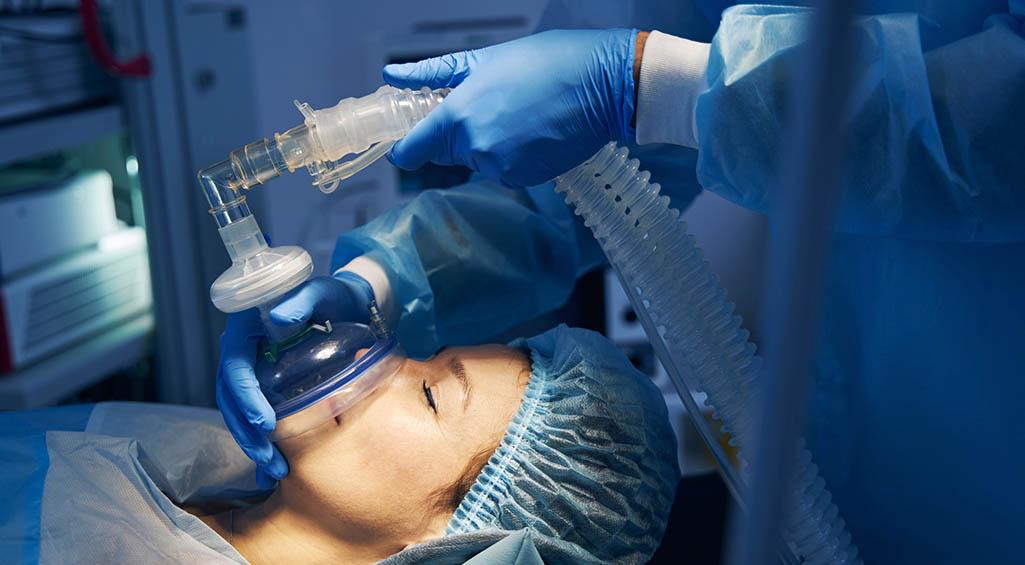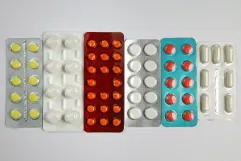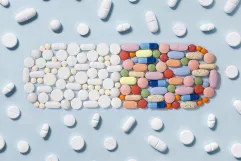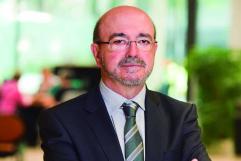
5 milestones in the health care profession throughout history
When the technological advances seem bound to turn health care upside down, we should go over some of the milestones from the past in which advances were made that contributed to the profession.
1. The first operation using an anaesthetic
The ancient Chinese texts ‘Records of the Three Kingdoms’ and ‘Book of the Later Han’ record the feat by the doctor Hua Tuo, who it seems carried out several surgical operations without causing any pain to his patients. To do this he used an anaesthetic called mafeisan, made from herbs, probably with cannabis amongst them, and wine. His renown spread like wildfire in the China of the Han dynasty (2nd century) and his great influence overshadowed the following generations of doctors.
2. John II of Aragon’s cataract operation
Although Egyptians, Babylonians and Indians had already carried out eye operations, the first famous, documented case of a cataract operation in Europe can be found in the 15th century. Specifically In 1468, when King John II of Aragon, also known as John the Faithless, decided to undergo an operation to recover his sight. For many years, he had suffered from virtually complete blindness and he visited the Jewish doctor based in Lleida, Cresques Aviatar (or Abiatar, according to other sources). The doctor used a needle to move the lenses of the king’s eyes… without using any anaesthetic. John II recovered the sight in both eyes.
3. Miraculous ointments
The historian Sharon T. Strocchia writes in Forgotten Healers (Yale University Press) that in Renaissance Florence, apothecary nuns were an essential element of the health care culture. The preparation of remedies required knowledge of the theoretic treaties and carrying out practical adaptations according to the nature of the patients. A skill and knowledge that had to live alongside an unwavering endurance, as often they had to bear the foul odours that their preparations emitted. Their work was essential for relieving pain for the incurable diseases that proliferated in plague-ridden times.
4. The birth of modern nursing
After serving in the Crimean war as a nurse, Florence Nightingale led a campaign to improve the quality of this discipline in military hospitals. Her determination led to the creation of a military medical university In 1857. Four years later, she managed to raise the money to found the first nursing educational institution: the Nightingale school and house for nurses at St Thomas' Hospital in London.
5. A revolutionary fungus
The world we know today would not be the same without antibiotics. The history of these drugs that are used to treat infections dates back to 1928, when Alexander Fleming discovered penicillin. The Scottish doctor and scientist observed how a sample of the fungus Penicillium completely stopped the growth of a bacteria. 10 years later, Howard Florey and Ernst Chain continued with the research and the use of penicillin against infections became extended from the 2nd World War onwards. In 1945 Fleming, Florey and Chain were acknowledged with the Nobel Prize for Physiology and Medicine for the discovery of penicillin.



